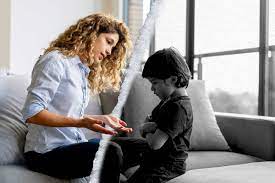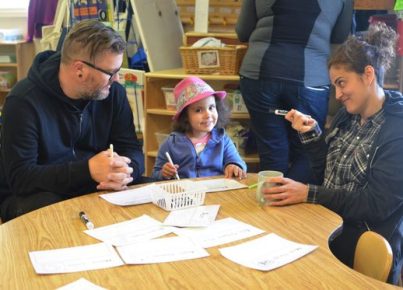Introduction
In today’s world, child protection should be a primary concern for parents, caregivers, and educational professionals alike. No child should have to suffer from abuse, neglect, or maltreatment. For this reason, it’s essential to establish healthy communication with parents about child protection. This article will discuss strategies for initiating these conversations and the necessary steps to take for a safer environment for children.
1. Be Prepared with Facts and Ideas
Before approaching parents about child protection, be sure to arm yourself with pertinent information and constructive ideas. Educate yourself on local laws and regulations regarding child safety and research real-life cases that highlight the importance of these measures. By providing tangible examples and evidence-based practices, you can build a strong case for prioritizing child protection in your community.
2. Choose the Right Time and Place
Discussing issues as sensitive as child safety can be emotionally taxing. To create an environment where productive conversations can take place, choose an appropriate time and location for your meetings. Make it a point to avoid discussing these matters during times of high stress or busyness.
3. Build Trust and Understanding
To foster effective communication on any topic, trust must first be established between all parties involved. Validate the parents’ concerns by listening actively and empathizing with their experiences related to child protection issues. Show them that you genuinely care about their children’s wellbeing by offering your own insights into ways that they can be proactive in establishing a protective environment.
4. Encourage Open Dialogue
Give parents ample opportunity to voice their concerns and express their feelings on the topic of child protection. Encourage them to share their thoughts openly by creating an atmosphere of inclusion that promotes constructive dialogue among participants.
5. Highlight Preventative Measures
Instead of only focusing on cases where child abuse has already occurred, emphasize the importance of preventative measures in discussions with parents. Share ideas on how parents can actively work to create a safe environment where child protection is addressed before it becomes an issue.
6. Collaborate on Solutions
One of the best ways to foster an ongoing relationship with parents regarding child protection is to work together on solutions. Encourage parents to collaborate with educators, local agencies, and community members in creating child safety plans relevant to their specific contexts.
7. Offer Resources and Support
Ensure that parents have access to educational materials, support groups, and other resources focused on child protection. Share these tools widely and answer any questions that parents may have about utilizing these resources effectively.
Conclusion
Open and honest communication between parents and educators is the foundation for creating a safe and nurturing environment for children. By fostering trust, understanding, collaborating on solutions, and offering support, we can make significant strides in ensuring the safety and wellbeing of our children. Start these conversations today by educating yourself on child protection topics, advocating for preventative measures, and providing resources that will empower parents to make informed decisions about their children’s safety.





